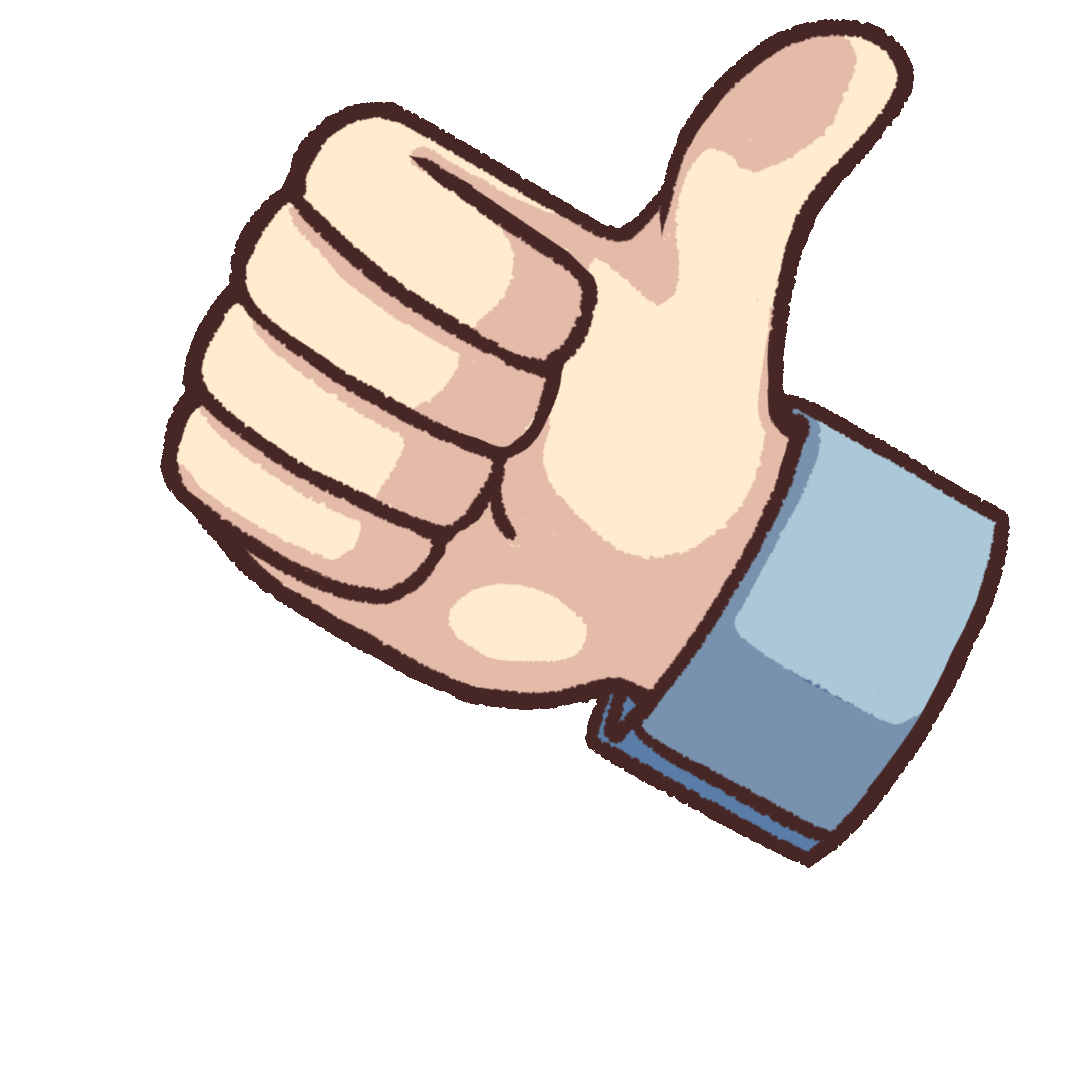Good Morning In Korean - How To Greet In Korean With Confidence
When you want to say good morning in Korean, it's not just about the words—it's about connecting with others in a way that feels natural and genuine. For many English speakers, learning how to greet someone in the morning in Korean can feel a little tricky at first. However, with a few simple phrases under your belt, you'll soon be able to brighten someone's day with a cheerful Korean greeting. Korean culture places a strong emphasis on respect, so it's important to choose the right level of formality depending on who you're speaking to. Whether you're meeting a new friend or greeting a coworker, knowing how to say "good morning" in Korean can go a long way in building rapport.
Let's start with the basics. Saying "good morning" in Korean involves more than just memorizing a phrase. It's about understanding the nuances of the language and adapting your tone to the situation. For instance, if you're chatting casually with friends, your greeting might sound different compared to when you're addressing someone older or in a position of authority. Korean greetings often carry a warmth that reflects the value the culture places on relationships. So, how do you navigate this friendly yet formal aspect of Korean communication? That's exactly what we'll explore in this article.
Before we dive into the specifics, it's worth mentioning that Korean greetings are deeply tied to the time of day and the relationship between the speakers. While "good morning" exists in Korean, it's often expressed differently compared to English. You might not hear "좋은 아침이에요" (jo-eun achim-ieyo) as often as you'd expect. Instead, Koreans sometimes use questions or phrases that relate to the morning experience. For example, asking someone if they slept well is a common way to start the day. By the way, these subtleties make learning Korean greetings an exciting challenge. Let's take a closer look at how you can greet someone in Korean with confidence.
Table of Contents:
- What Does "Good Morning" Mean in Korean?
- How Do You Say "Good Morning" in Korean?
- Why Do Koreans Rarely Say "Good Morning" Directly?
- Good Morning in Korean - What Are Some Alternatives?
- How Do You Pronounce Korean Greetings?
- What Are the Formal and Informal Ways to Greet Someone?
- Can You Use "Good Morning" in Korean for Casual Conversations?
- Why Is Learning Korean Greetings Important?
What Does "Good Morning" Mean in Korean?
Alright, let's talk about what "good morning" actually means in Korean. The phrase "좋은 아침이에요" (jo-eun achim-ieyo) translates directly to "good morning." It's polite and works well in formal settings. However, this phrase isn't used as frequently as you might think. Instead, Koreans tend to rely on other greetings that feel more natural in everyday conversation. For example, you might hear someone ask "잘 잤어요?" (jal jass-eoyo?), which means "did you sleep well?" This is a warm way to start the day and shows genuine interest in the other person's well-being. So, in a way, it's not just about saying "good morning" but creating a connection through your words.
How Do You Say "Good Morning" in Korean?
If you're looking to say "good morning" in Korean, you have a few options depending on the situation. For formal settings, you can stick with "좋은 아침이에요" (jo-eun achim-ieyo). If you're speaking to someone older or in a position of authority, this is a safe choice. But for casual conversations, you might want to try something simpler like "안녕하세요" (annyeonghaseyo), which means "hello." Interestingly, Koreans often skip the direct "good morning" and opt for greetings that feel more personal. For instance, asking about someone's sleep or day is a common way to start a conversation. It's almost like saying "how was your night?" instead of "good morning."
Why Do Koreans Rarely Say "Good Morning" Directly?
So, why don't Koreans say "good morning" as often as English speakers do? Well, it's all about the cultural context. In Korean culture, greetings often focus on building relationships rather than sticking to strict time-based phrases. Instead of just saying "good morning," people might ask "잘 잤어요?" (jal jass-eoyo?), which translates to "did you sleep well?" This question feels more heartfelt and shows genuine concern for the other person. Additionally, the Korean language has different levels of formality, so the way you greet someone can vary based on their age or social status. Sometimes, it's just more natural to use a casual greeting instead of a formal one like "good morning."
Good Morning in Korean - What Are Some Alternatives?
Now that we've talked about why Koreans don't always say "good morning," let's explore some alternatives. One popular option is "안녕하세요" (annyeonghaseyo), which is a polite way to say "hello." Another common phrase is "잘 잤어요?" (jal jass-eoyo?), meaning "did you sleep well?" This question is a great way to show care and start a conversation. For informal settings, you might hear "애들아, 좋은 아침이야" (aedeura, jo-eun achim-iya), which translates to "kids, it's a good morning." The key is to adapt your greeting to the situation and the person you're speaking to. After all, it's all about making the other person feel valued and respected.
How Do You Pronounce Korean Greetings?
Pronunciation is an important part of learning Korean greetings. Let's break it down. The phrase "안녕하세요" (annyeonghaseyo) is pronounced "an-nyeong-ha-se-yo." It's a friendly way to say "hello" and works well in most situations. For "잘 잤어요?" (jal jass-eoyo?), the pronunciation is "jal jass-eo-yo." This question is a great way to start the day and shows that you care about the other person's well-being. When saying "좋은 아침이에요" (jo-eun achim-ieyo), the pronunciation is "jo-eun achim-ie-yo." Remember, practice makes perfect, and the more you use these phrases, the more natural they'll feel. By the way, don't worry if your pronunciation isn't perfect at first—most Koreans will appreciate your effort.
What Are the Formal and Informal Ways to Greet Someone?
Alright, let's talk about the different ways to greet someone in Korean. For formal settings, you can use "안녕하세요" (annyeonghaseyo) or "좋은 아침이에요" (jo-eun achim-ieyo). These phrases are polite and appropriate for speaking to older individuals or those in positions of authority. For informal situations, you might try "안녕" (annyeong), which is a casual way to say "hi." If you're speaking to friends or family, you could also use "잘 잤어?" (jal jass-eo?), meaning "did you sleep well?" The key is to match your greeting to the level of formality required by the situation. Frankly, it's all about making the other person feel comfortable and respected.
Can You Use "Good Morning" in Korean for Casual Conversations?
Sometimes, you can use "good morning" in Korean for casual conversations, but it tends to feel a bit formal. Instead, many Koreans prefer to use phrases like "안녕" (annyeong) or "잘 잤어?" (jal jass-eo?) in informal settings. These greetings are more relaxed and fit better in everyday conversations. For example, if you're speaking to a group of friends, you might say "애들아, 좋은 아침이야" (aedeura, jo-eun achim-iya), which translates to "kids, it's a good morning." The choice of greeting depends on the relationship between the speakers and the context of the conversation. Anyway, it's all about finding the right balance between formality and friendliness.
Why Is Learning Korean Greetings Important?
Learning Korean greetings is incredibly important because it helps you connect with others in a meaningful way. Whether you're traveling to Korea or interacting with Korean speakers online, knowing how to greet someone can make a huge difference. Greetings are the first step in building relationships, and using the right phrase can show respect and care. Plus, learning greetings is a great way to immerse yourself in the language and culture. Honestly, it's not just about memorizing words—it's about understanding the nuances of Korean communication. By learning how to say "good morning" in Korean, you're taking a step toward building stronger connections with the people around you.
As we wrap up, it's clear that saying "good morning" in Korean involves more than just memorizing a phrase. It's about understanding the cultural context and adapting your greeting to the situation. Whether you're using "안녕하세요" (annyeonghaseyo) for formal settings or "잘 잤어?" (jal jass-eo?) for casual conversations, the key is to make the other person feel valued and respected. Learning Korean greetings is a wonderful way to connect with others and immerse yourself in the language and culture. So, go ahead and practice your greetings—you never know who you might brighten someone's day with a cheerful "good morning" in Korean.

Animated illustration of good sign | UGOKAWA

EDUCATION MANAGEMENT ISSUE 35 - Sri Sathya Sai Institute of Educare

On ‘Good,’ The Most Commonly Used Word in Practice | Teach Like a Champion